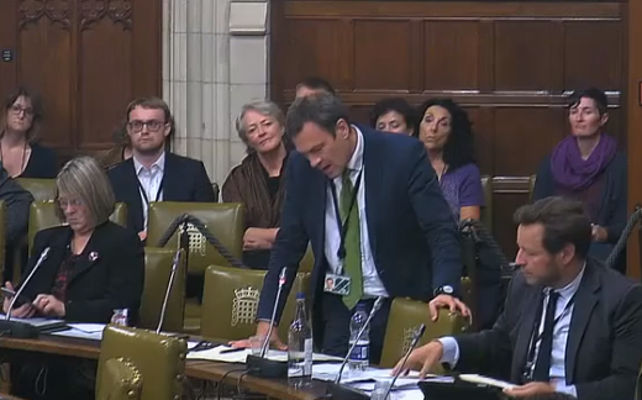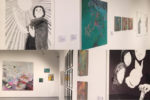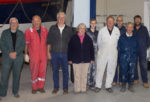On Wednesday evening, Isle of Wight Conservative MP, Bob Seely, spoke in parliament about the benefits of the use of art in healthcare.
He cited several successful projects taking place on the Isle of Wight during the Westminster Hall debate on ‘the effect of the arts on health’.
Bob told the members,
“I will talk briefly about my Island’s relationship with art and art’s wider purpose—there are some fantastic examples of the use of art in healthcare on the Island—and then about Arts Council England’s visit to the Isle of Wight on 20 October, which we are looking forward to, both to reinforce our reputation as Britain’s “arts Island” and to seek a stronger relationship with national institutions.
“I look forward to Government support in enabling that, and I thank the Minister for attending the debate.”
A unique relationship with art
He went on to say,
“On the Island we have a unique relationship with art. Our history is in some senses an example of art’s meditative and restorative roles. From 1790 onward, when chaos and revolution in Europe made travel difficult, artists and writers began to explore the United Kingdom more.
“They came to the Island, in part, to find a sense of peace and to be inspired by our rural tranquillity, but also our inspiring nature and sea. The Island provided inspiration for artists. Turner’s first great work was of the Solent, with the Needles as its backdrop.”
Crossing the Bar
Reciting part of Tennyson’s Crossing the Bar, Bob continued,
“Tennyson moved to the Island to be inspired by it, and some of his work has a meditative and calming sense of his view of life and death. Perhaps the most famous poem that he wrote was called ‘Crossing the Bar’.
“Physically, it described the journey across the Solent from the mainland to the Island, but metaphysically, it talked about the journey from life to afterlife:
“Sunset and evening star,
And one clear call for me!
And may there be no moaning of the bar,
When I put out to sea.”
Art in the Hospice
Bob went on to explain why he mentioned the poem and describes how art is being used in palliative care on the Isle of Wight.
“I use that quote because art is used on the Island in palliative care, in youth mental care and in the NHS. In Newport, our county town, our wonderful hospice uses art to help Islanders who are dying to understand and accept difficult and profound issues. Our hospice director, Nigel Hartley, trained as a pianist and psychologist prior to working in the hospice movement.
“If the Minister ever has a chance to talk to him, he will find him an interesting person. He champions the use of art in healthcare, and we have a wonderful project with the Royal Academy whereby artists and people in the hospice work together to create works of art. We are lucky to have people such as Nigel on our Island.”
Quay Arts and Healing Arts
Finally, Bob champions the work taking place at Quay Arts in Newport with young people who have been referred to them by young carers or mental health services.
“Elsewhere, in our Quay Arts project run by the multi-talented Paul Armfield, we have a WAVES programme that engages over 200 young people.
“Many of them were reported to us or came through the young carers or mental health services, and they are engaged in the use of art to enable them to express themselves in a more fulfilling way.
“Our Healing Arts project operates within our NHS trust, both in commissioning art and organising interactive and creative expression.”
You can read the full debate on the excellent They Work For You Website.
Image: © Parliament Live TV





